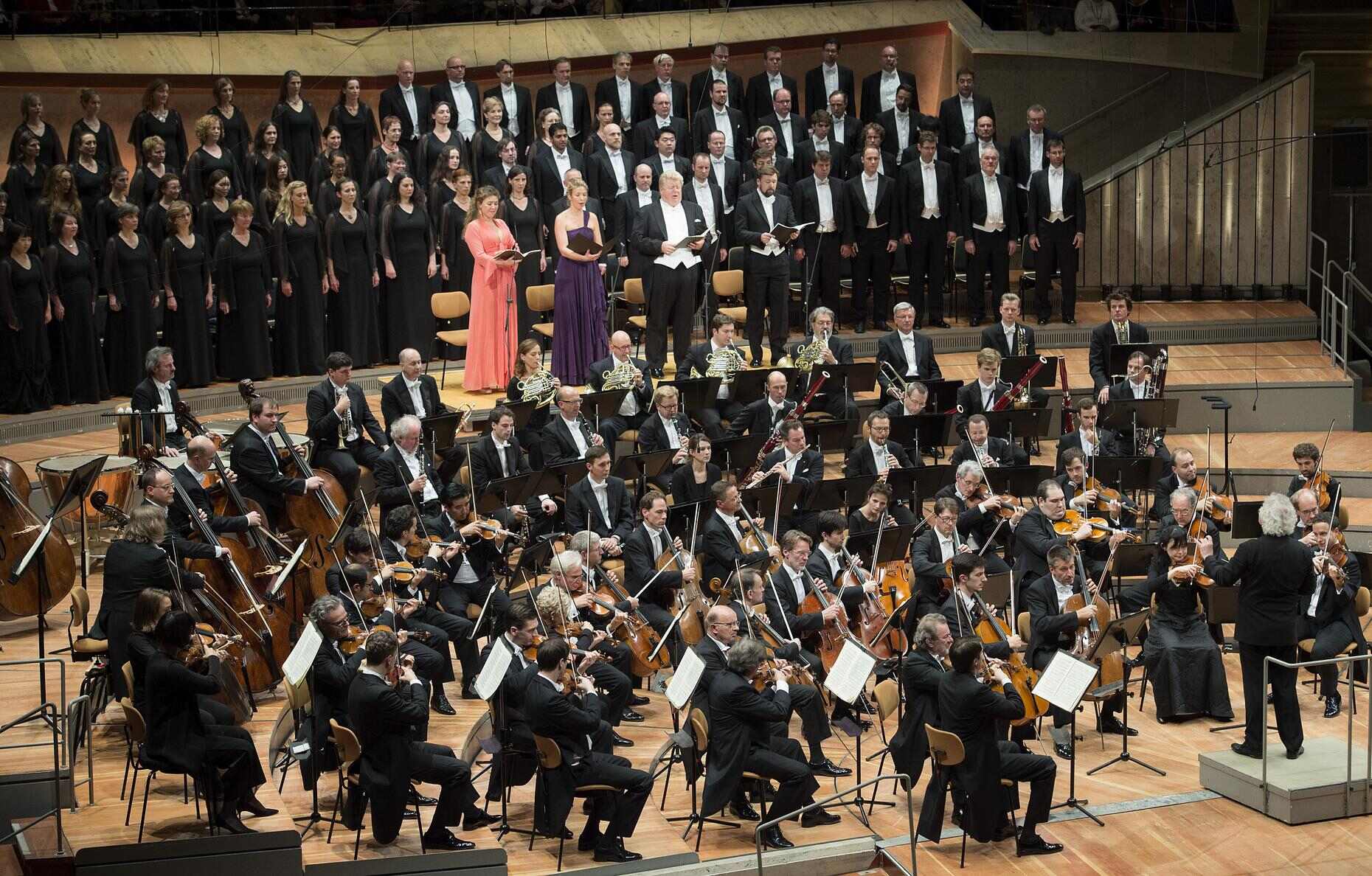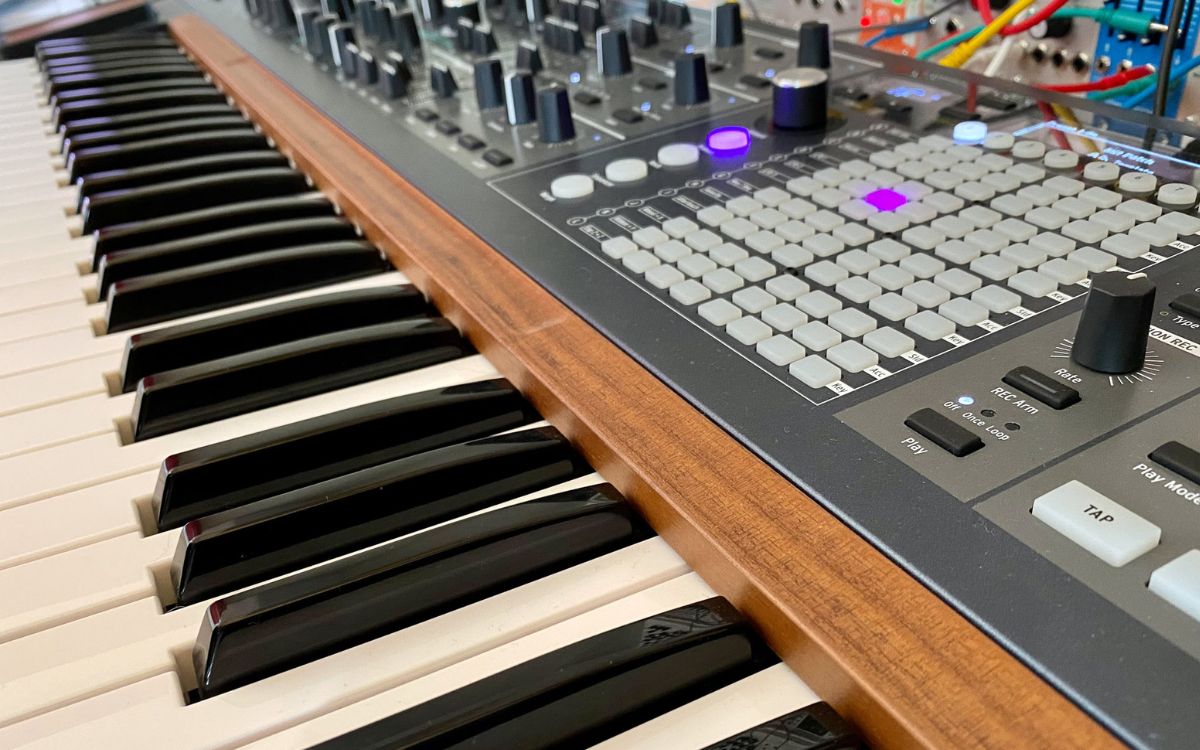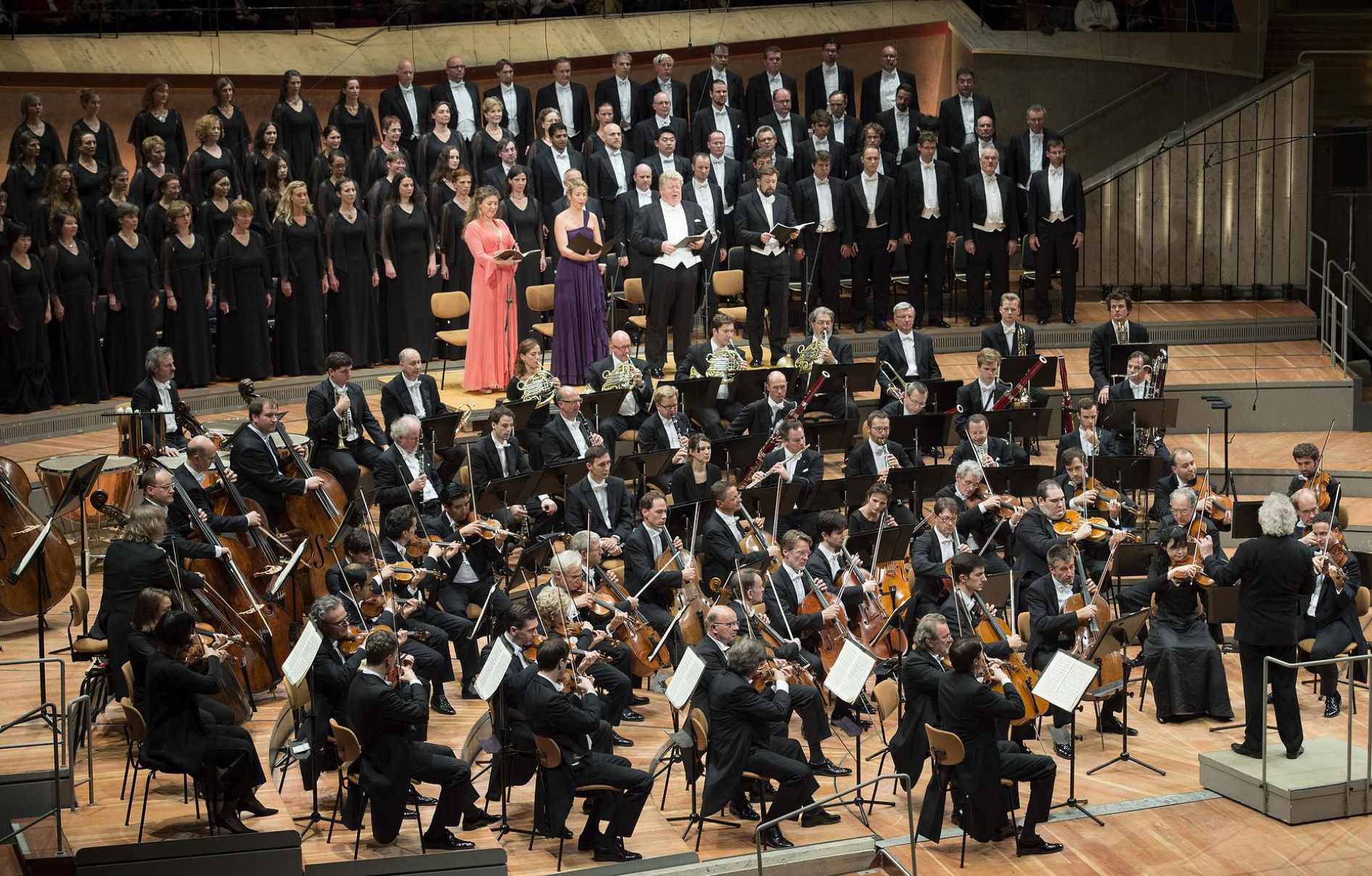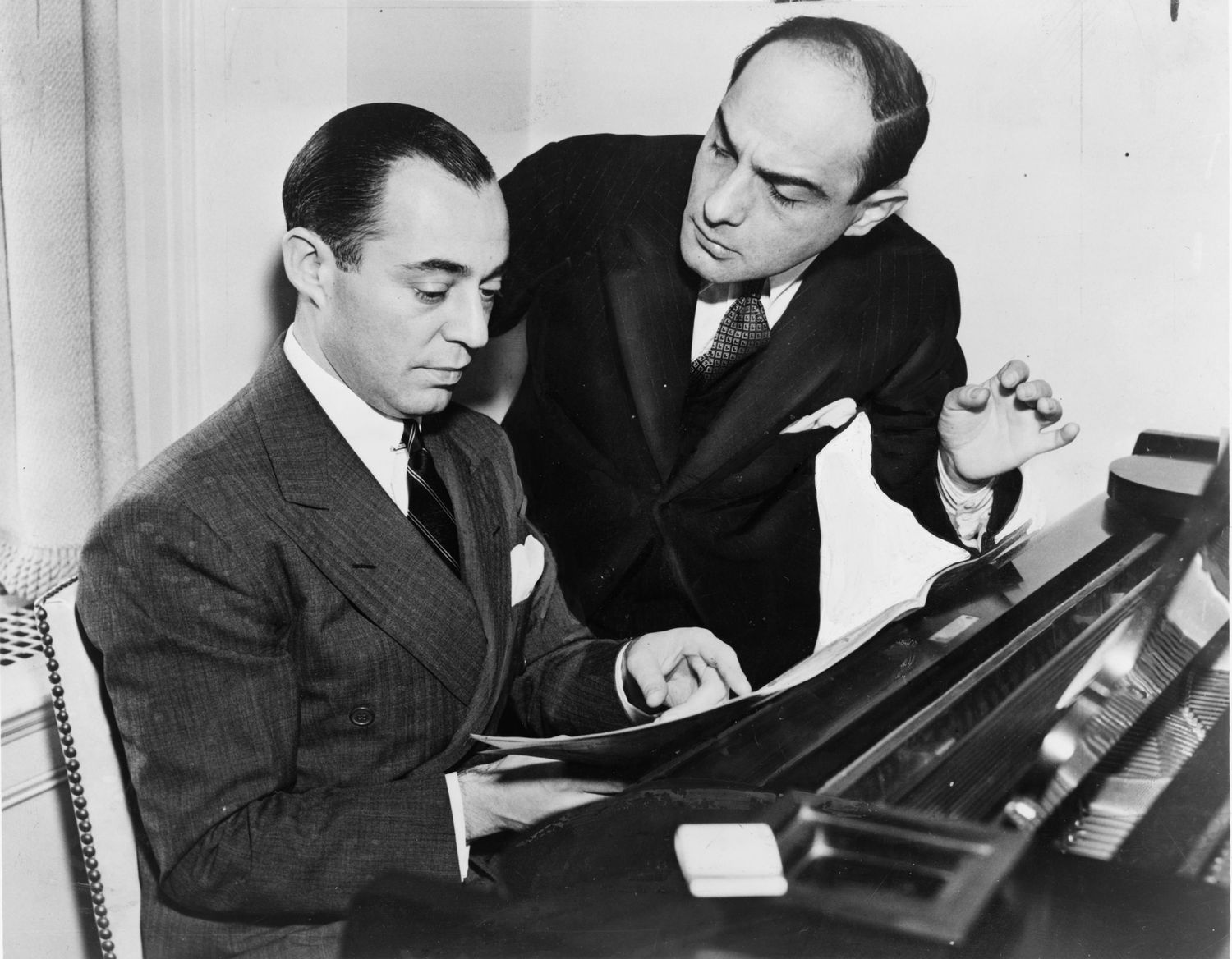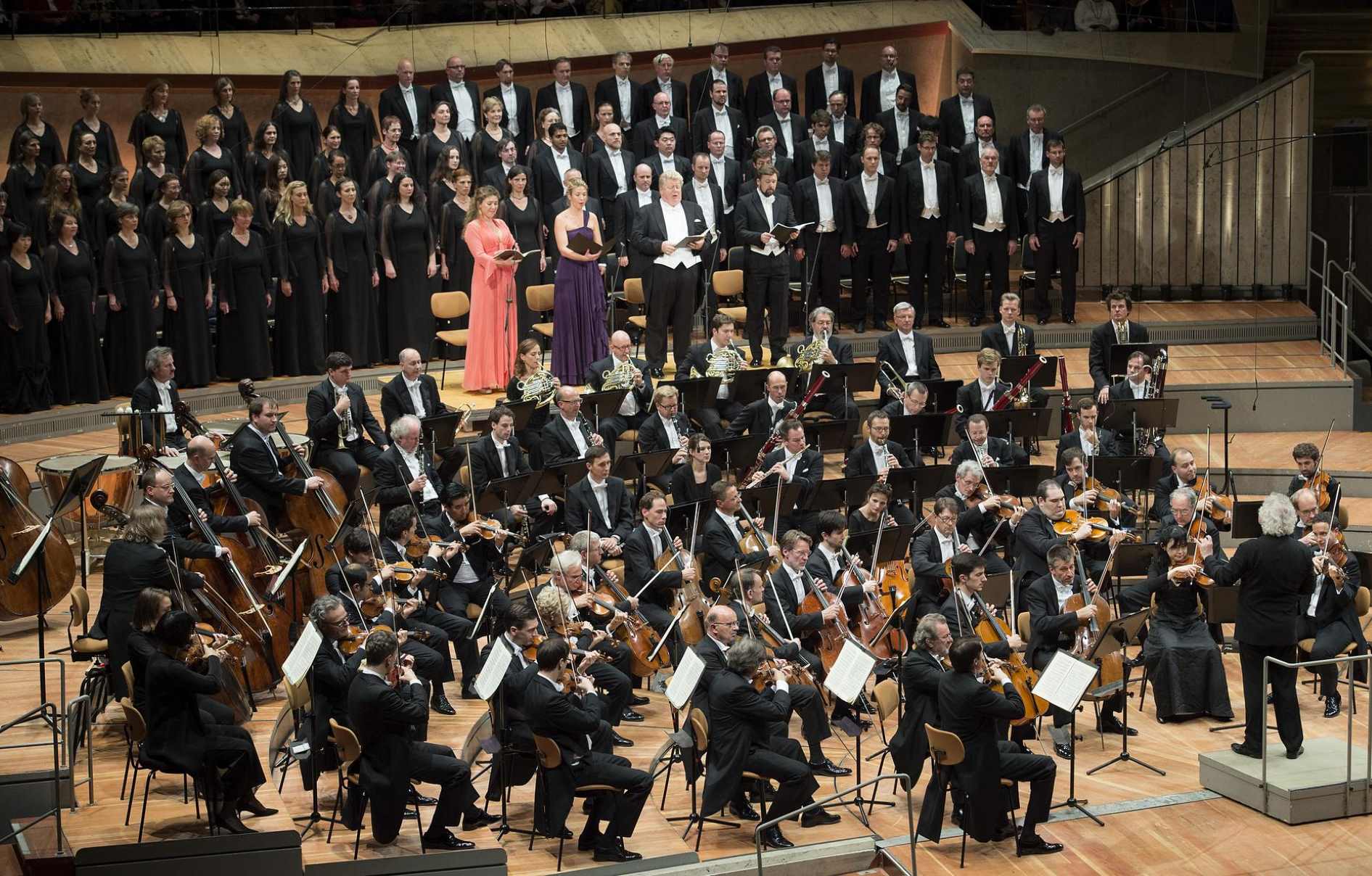Home>Genres>Jazz>What Is The Difference Between Blues And Jazz Music


Jazz
What Is The Difference Between Blues And Jazz Music
Modified: February 15, 2024
Discover the distinction between blues and jazz music. Explore the soulful origins and improvisational elements of jazz, a genre that continues to captivate music enthusiasts.
(Many of the links in this article redirect to a specific reviewed product. Your purchase of these products through affiliate links helps to generate commission for AudioLover.com, at no extra cost. Learn more)
Table of Contents
Introduction
Blues and jazz are two distinct genres of music that have had a profound impact on the art form as a whole. While they share common roots and have influenced each other throughout history, there are clear differences that set them apart.
Blues music emerged in the late 19th century among African Americans in the southern United States. It was often characterized by its emotional lyrics, expressing hardships and struggles, and accompanied by a simple chord progression. Jazz, on the other hand, developed in the early 20th century, originating from African American communities in New Orleans. It was characterized by its improvisational nature, complex harmonies, and syncopated rhythms.
Both genres have deep cultural and historical significance. They have served as a voice for marginalized communities, expressing their experiences and emotions through music. Over the years, blues and jazz have evolved and branched out into various subgenres, further expanding their influence.
In this article, we will delve into the origins, musical elements, instrumentation, improvisation, rhythm and structure, emotional expression, cultural context, evolution, and influence on popular music of both blues and jazz. By understanding the differences between these genres, we can appreciate their unique qualities and contributions to the world of music.
Origins and Influences
The roots of blues and jazz can be traced back to the African musical traditions brought to the United States by enslaved Africans. These musical traditions, combined with European-American musical influences, formed the foundation for both genres.
Blues music originated in the work songs and spirituals sung by African American slaves in the southern plantations. It evolved into a distinct genre in the late 19th century, as African Americans began to express their emotions and experiences through their own musical compositions. The blues was heavily influenced by African rhythms and melodies, as well as the melodic and harmonic structures of European music.
On the other hand, jazz emerged in the early 20th century in New Orleans, blending African rhythms, European harmonies, and elements of ragtime and brass band music. It was strongly influenced by the improvisational and syncopated styles of African music, along with the harmonic progressions of European classical music.
Both the blues and jazz were deeply influenced by the social and cultural landscape of the time. The African American experience, including the hardships of slavery, segregation, and racial discrimination, played a significant role in shaping the lyrical content of the blues. Blues music became a form of expression and a way for African Americans to assert their identities and create a sense of solidarity.
Jazz, on the other hand, was influenced by the energetic nightlife and vibrant music scene of New Orleans. The city’s multicultural environment and the mixing of different musical traditions gave birth to a new style of music characterized by its improvisation, polyrhythms, and complex harmonies.
Overall, the origins and influences of blues and jazz are deeply intertwined with the African American experience, as well as the fusion of African, European, and American musical traditions. Understanding these influences is crucial in appreciating the distinct qualities and evolutionary paths of both genres.
Musical Elements
Both blues and jazz are characterized by distinct musical elements that contribute to their unique sound and style.
The blues is known for its simple yet powerful musical structure. It typically follows a 12-bar chord progression, with three chords (I, IV, and V) forming the backbone of the song. The lyrics often focus on personal emotions, heartbreak, and the struggles of everyday life. The use of bent notes, slides, and vibrato on the guitar or harmonica adds to the expressive nature of the blues.
Jazz, on the other hand, is more complex in its musical elements and structures. It features intricate harmonies and chord progressions, often involving extended chords and chord substitutions. Jazz musicians make use of improvisation, adding their unique interpretations and variations to the melody and harmonies. The rhythm section, including the piano, bass, and drums, creates intricate syncopated rhythms that drive the music forward.
Both genres heavily rely on the use of instruments to create their distinctive sound. In blues music, the guitar, harmonica, and piano play prominent roles. The guitar often provides the melodic and rhythmic foundation, while the harmonica adds a soulful and expressive element. The piano adds texture and fills in the harmonies. In jazz, the trumpet, saxophone, piano, and drums are vital components. The trumpet and saxophone lead the melodic improvisation, while the piano offers harmonic support and solos. The drums provide the rhythmic complexity that drives the music.
In terms of vocals, the blues is characterized by raw and emotive singing. The lyrics are typically sung with a soulful, gritty, and often raspy voice, reflecting the pain and emotions behind the music. In jazz, vocals can vary from smooth and sultry to scatting, where the voice emulates the sounds and rhythms of instruments.
Overall, the musical elements of blues and jazz contribute to their distinctiveness. The simplicity and emotional depth of the blues, along with the complexity and improvisational nature of jazz, create two unique musical styles that continue to captivate listeners to this day.
Instrumentation
The instrumentation in both blues and jazz plays a crucial role in shaping the overall sound and character of the music. While there are overlapping instruments between the two genres, there are also some notable differences.
In blues music, the guitar is often at the forefront. It provides the melodic and rhythmic foundation with its distinctive chord progressions and soulful solos. Blues guitarists have developed a unique playing style characterized by bending notes, sliding between frets, and utilizing techniques like vibrato to convey emotion. The harmonica, also known as the blues harp, is another prominent instrument in blues. Its wailing, expressive sound adds a haunting quality to the music. The piano is another key instrument in blues, offering melodic lines, rhythmic accompaniment, and introspective solos.
In jazz, the instrumentation varies depending on the subgenre and era, but there are several common instruments found in most jazz ensembles. The trumpet is one of the most iconic jazz instruments, known for its piercing, expressive sound and ability to improvise melodic lines. The saxophone, both alto and tenor, is also a staple in jazz, known for its rich and versatile tone. The piano adds harmonic support, provides intricate solos, and acts as the backbone of the rhythm section. The bass, whether upright or electric, plays a crucial role in providing the foundational low-end and driving the rhythm forward. The drums complete the rhythm section, adding the dynamic and percussive elements that give jazz its distinctive groove.
While these instruments are common in both blues and jazz, it’s important to note that jazz ensembles often have larger groupings, including additional horns (such as trombones or clarinets), a rhythm guitar, and sometimes even a vibraphone or a Hammond organ. These additional instruments contribute to the complexity, texture, and improvisational possibilities within a jazz ensemble.
Overall, both blues and jazz feature a range of instruments that are integral to their respective genres. From the raw, emotive sounds of the blues guitar and harmonica to the vibrant and improvisational horns of jazz, the instrumentation in these genres helps to define their distinct musical identities.
Improvisation
One of the key distinguishing factors between blues and jazz is the role of improvisation. While both genres allow for artistic interpretation, the extent and approach to improvisation differ.
In blues music, improvisation tends to be more limited and less structured. It primarily takes the form of instrumental solos, where musicians can showcase their individuality and creativity within the framework of the song. Blues guitarists, for example, often take turns trading solos, building off the established blues scale and chord progression. These solos allow musicians to express their emotions and create unique variations of the melody. Vocal improvisation is also common in blues, with singers adding embellishments, melodic ornamentation, and vocal inflections to convey their personal style.
Jazz, on the other hand, is renowned for its emphasis on improvisation. It is a genre built upon spontaneous creativity and the ability of musicians to interpret and respond to each other in real-time. In jazz, improvisation is not limited to solos but is infused throughout the music. Musicians take turns improvising melodies, harmonies, and rhythms, often responding to what other members of the ensemble are playing. This interactive improvisation is referred to as “jamming” and creates a dynamic and ever-evolving musical conversation.
Jazz improvisation is founded upon a deep understanding of music theory, harmonies, and scales. Musicians draw from a vast repertoire of musical vocabulary, incorporating melodic lines, chord substitutions, and rhythmic variations. The ability to spontaneously create coherent and melodic phrases is a hallmark of jazz musicianship.
While improvisation is present in both blues and jazz, the level of structure and complexity differs. Blues improvisation is more rooted in the established blues scales and chord progressions, allowing for individual expression within those boundaries. Jazz improvisation, on the other hand, requires a greater fluency in music theory and a willingness to explore and push musical boundaries.
Overall, improvisation is a fundamental element of both blues and jazz, showcasing the creativity and skill of the musicians. Whether it’s the soulful solos of the blues or the spontaneous interactions of a jazz ensemble, improvisation adds a sense of spontaneity and excitement to these genres.
Rhythm and Structure
The role of rhythm and structure in both blues and jazz is essential to understanding the unique characteristics of each genre.
In blues music, the rhythm is often straightforward and repetitive, typically based on a 12-bar structure. The 12-bar blues form provides a familiar and recognizable framework for many blues songs, consisting of three lines with four bars each. This repetitive structure allows musicians to build and layer their improvisations, creating a sense of anticipation and tension. The rhythm section, including the drums and bass, lays down a steady groove, while the guitar or piano adds rhythmic and melodic embellishments.
Jazz, on the other hand, is known for its complex and syncopated rhythms. The swing feel, characterized by off-beat patterns and syncopation, gives jazz its distinct groove and sense of swing. The rhythm section, with the drums, bass, and piano, creates a rhythmic foundation that allows for intricate improvisation. Jazz also utilizes various time signatures, such as 4/4, 3/4, and even more complex meters, adding to the rhythmic complexity of the music.
The structure of jazz compositions is often less predictable compared to blues. Jazz tunes can be built around various forms, such as the AABA form, which consists of four distinct sections: the A section (the main melody), the A section repeated, the B section (a contrasting melody), and the A section repeated again. This structure provides a framework for improvisation, allowing musicians to explore and reinterpret the melody and harmonies in each section. Jazz compositions can also feature extended solos, where musicians take turns improvising over a repeated chord progression, showcasing their individual virtuosity and creativity.
Blues and jazz also differ in terms of their approach to rhythm section accompaniment. In blues, the rhythm section typically provides a steady, driving pulse, supporting the melodic and improvisational elements. In jazz, however, the rhythm section plays a more interactive role, engaging in rhythmic conversations with the soloists and enhancing the dynamic quality of the music.
Ultimately, rhythm and structure are vital components in both blues and jazz, defining the groove and providing a framework for improvisation. While blues relies on a repetitive structure and straightforward rhythm, jazz explores more complex rhythms and forms, allowing for greater freedom of expression and interaction among musicians.
Emotional Expression
Both blues and jazz are genres that excel in conveying deep emotions and connecting with listeners on an emotional level. However, they approach emotional expression in different ways.
Blues music is renowned for its raw and authentic portrayal of human emotions, particularly those associated with pain, loss, and heartache. The lyrics in blues songs often depict personal struggles, difficult life experiences, and the burden of oppression. Blues musicians use their heartfelt vocals and the expressive qualities of their instruments to capture the essence of these emotions. The use of bent notes, slides, and vibrato on the guitar or harmonica, combined with soulful vocal delivery, creates a powerful and emotionally charged atmosphere.
Jazz, on the other hand, covers a wider range of emotions, incorporating elements of joy, excitement, sadness, and introspection. While blues primarily focuses on expressing personal hardships, jazz explores a broader emotional spectrum. Individual jazz musicians infuse their solos with their own unique emotional interpretation, weaving in feelings of love, longing, exuberance, and melancholy. Jazz musicians use their technical skills and virtuosity to convey these emotions, exploring the potential of their instruments through improvisation and dynamic expression.
Both blues and jazz also provide a means of catharsis for the performers and the audience. By expressing their emotions through music, blues and jazz musicians offer a way to release and heal emotional pain. These genres create a space where listeners can connect with the music on a deep emotional level, finding solace, empathy, and shared experiences within the melodies, lyrics, and improvisations.
It is important to note that while blues music tends to focus more explicitly on personal emotions and struggles, jazz music often relies on abstract instrumental expression, allowing listeners to interpret and connect with the music in their own unique ways. The improvisational nature of jazz gives musicians the freedom to explore emotional landscapes and cater to the moods and energy of the moment, creating an immersive and evocative experience for both the performers and the listeners.
In summary, both blues and jazz are genres that excel in conveying deep emotions. Whether it’s the raw and honest expression of pain in blues or the wide range of emotions explored through improvisation in jazz, these genres touch the hearts and souls of listeners, creating an emotional connection that transcends boundaries and speaks to the shared human experience.
Cultural Context
The cultural context in which blues and jazz originated is essential to understanding their significance and impact on society.
Blues music was born out of the African American experience, particularly in the era of slavery and Jim Crow segregation. It served as a vital form of expression and a means of survival for African Americans, who were facing immense hardships and systemic oppression. Through the lyrics of blues songs, African Americans shared their experiences, articulated their pain, and championed their resilience. The blues gave a voice to the marginalized, providing a platform to address social injustices and to assert their humanity.
Jazz, too, emerged from the African American community, specifically from the vibrant cultural scene of New Orleans in the early 20th century. Jazz was a celebration of African American culture, incorporating elements from African rhythms and melodies, field hollers, spirituals, and the sorrow songs of the blues. It demonstrated the cultural vibrancy and creativity of African Americans, helping to redefine the perception of black identity in a racially divided society.
Both blues and jazz played a significant role in breaking down racial barriers and promoting cultural integration. These genres were embraced by audiences of diverse backgrounds, enabling a shared appreciation for the music and fostering connections across racial lines. As African American musicians gained recognition for their contributions to blues and jazz, they paved the way for future generations of musicians, while challenging racial stereotypes and prejudices.
Additionally, blues and jazz served as precursors to the civil rights movement of the mid-20th century. The emotional intensity and social consciousness embedded in the lyrics of blues songs resonated with activists seeking equality. Jazz, with its ethos of individuality and improvisation, became an emblem of personal freedom and artistic expression, inspiring those fighting for societal change.
Today, blues and jazz continue to be celebrated for their cultural significance and contributions to American music heritage. Festivals, clubs, and museums dedicated to the genres keep their legacies alive, while contemporary musicians draw inspiration from the rich traditions of blues and jazz to create new and innovative music.
Understanding the cultural context of blues and jazz allows us to appreciate their historical importance as artistic expressions of the African American experience. These genres not only changed the course of music but also had a profound impact on societal attitudes, challenging preconceived notions and paving the way for greater inclusivity and racial equality.
Evolution and Subgenres
Over time, both blues and jazz have evolved and branched out into various subgenres, further expanding their influence and contributing to the richness and diversity of the music world.
Blues music, rooted in the African American experience, has seen the development of several subgenres. Delta blues, originating in the Mississippi Delta region, is characterized by its raw and stripped-down sound, often played on acoustic guitars. Chicago blues, which emerged during the Great Migration, incorporated elements of electric guitars and amplified instruments, resulting in a more energetic and urban sound. Other subgenres include Texas blues, Piedmont blues, and West Coast blues, each with its own distinct style and regional flavor.
Jazz, known for its improvisational nature, has experienced numerous stylistic shifts and subgenre developments throughout its history. One of the earliest subgenres was Dixieland jazz, also known as Traditional jazz, which emerged in the early 20th century. This style features lively ensemble playing, with instruments taking turns improvising melodies. Swing, popularized in the 1930s and 1940s, incorporated larger orchestras and emphasized a strong rhythm section, enabling dance-friendly music.
The bebop movement of the 1940s introduced complex harmonies, rapid tempos, and intricate improvisations. Cool jazz emerged in the 1950s, characterized by a more laid-back and introspective approach. Other subgenres include modal jazz, jazz fusion, Latin jazz, and free jazz, each pushing the boundaries of what jazz could be by incorporating various influences and experimenting with new sounds and structures.
While blues and jazz have distinct subgenres, there have also been instances where they intersect and influence each other. Some musicians have merged elements of blues and jazz, creating a fusion of the two genres. This fusion can be heard in the bluesy improvisations of jazz artists like Miles Davis or in the incorporation of jazz harmonies into blues songs.
Overall, the evolution and development of subgenres within blues and jazz have allowed for artistic exploration and innovation. These subgenres have ensured that blues and jazz remain relevant and continue to captivate audiences throughout the years.
Influence on Popular Music
The impact of blues and jazz on popular music cannot be overstated. Both genres have influenced and shaped various musical styles and movements, leaving an indelible mark on the evolution of popular music.
Blues, with its heartfelt lyrics and soulful melodies, laid the foundation for many genres that followed. Rock and roll, for instance, borrowed heavily from blues, infusing it with amplified guitars, energetic rhythms, and rebellious attitudes. Legendary rock artists like Elvis Presley, The Rolling Stones, and Led Zeppelin drew inspiration from blues musicians, adapting their techniques and incorporating bluesy elements into their own compositions. Beyond rock, blues also had a significant influence on genres such as country, folk, and even contemporary pop music.
Jazz, with its emphasis on improvisation and intricate harmonies, has also had a profound impact on popular music. Its influence can be heard in the development of swing music in the 1930s and 1940s, which became the soundtrack for a generation of dancers and set the stage for the big band era. The influence of jazz can also be seen in the emergence of bossa nova, Latin jazz, and the incorporation of jazz harmonies into popular songs. Additionally, the improvisational approach of jazz has permeated through various genres, including funk, soul, and even hip-hop, where artists often freestyle and creatively reinterpret melodies.
Blues and jazz have not only influenced specific genres but have also shaped the way music is approached and appreciated. The idea of personal expression and individuality that jazz embodies has influenced countless musicians across different genres, encouraging them to push boundaries and explore their own unique sound. The emotional depth and authenticity of blues have taught artists the power of storytelling and connecting with listeners on a deep level.
Moreover, blues and jazz have contributed to the breaking down of racial barriers within the music industry. The success and recognition of African American blues and jazz musicians have paved the way for greater representation and appreciation of diverse musical traditions. The influence of blues and jazz on popular music has not only transformed the musical landscape but has also played a role in promoting cultural integration and understanding.
Overall, blues and jazz have left an indelible imprint on popular music, shaping its evolution in terms of style, expression, and cultural acceptance. Their influence continues to resonate with artists and listeners worldwide, ensuring that the spirit and artistry of blues and jazz live on in the ever-changing world of popular music.
Conclusion
Blues and jazz, two distinct genres originating from the African American experience, have had a tremendous impact on the world of music. While they share common roots and have influenced each other over time, they have developed unique characteristics that set them apart.
The blues, with its raw and emotive lyrics, simple chord progressions, and soulful instrumentation, serves as a powerful expression of personal struggles and resilience. Jazz, on the other hand, embraces improvisation, complex harmonies, and intricate rhythms, showcasing the virtuosity and creativity of its musicians.
Both genres have evolved and branched out into various subgenres, expanding their influence and shaping the course of popular music. From the energetic rock and roll inspired by blues to the fusion of jazz with other genres, blues and jazz have left an indelible mark on the musical landscape.
Furthermore, blues and jazz have had a significant cultural impact, giving voice to the African American experience and challenging social norms and racial prejudices. The emotional expression and musicality of these genres have inspired and influenced generations of musicians across various genres.
Blues and jazz continue to captivate audiences today, reminding us of the power of music to convey human emotions, transcend boundaries, and foster connection. Whether it’s the soul-stirring sound of the blues or the improvisational brilliance of jazz, these genres embody the essence of the human experience.
In conclusion, blues and jazz are more than just musical genres – they are cultural phenomena that have shaped the art form and left an indelible mark on popular music. Their evolution, subgenres, and influence on other genres are a testament to their enduring significance and power. As we continue to appreciate and explore blues and jazz, we celebrate the rich history and cultural heritage they represent.

